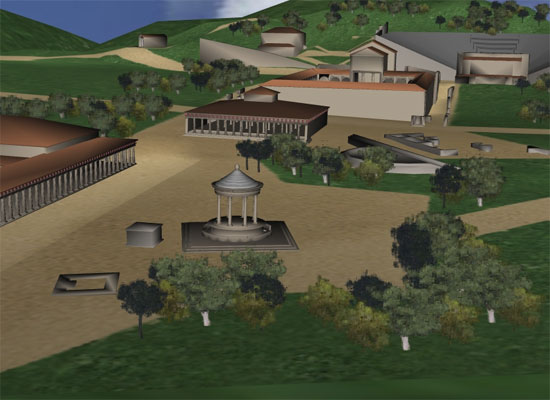Types of Rendering and their various application
Rendering is a very complicated process for creating an image from a model. One can include shading, color, texture-mapping, shadows, reflections and motion blurs to a 2-D or 3-D wireframe. One can produce spectacular three dimensional images by providing rendering effect on the 3D models. Images are modifiable to illustrate fog, rain, effects of light and shadows, etc.
Generally rendering process ranges from Real-Time Rendering and Offline Rendering.
Real time rendering - In graphics and gaming software, real-time rendering alias online rendering is applied extensively to create and analyze images in real time. The real time rendering is executed through GUI to real-time image processing and image analysis. Here the conversion of 3D information to images happens at a very high speed. The rate at which images will be exhibited is computed in frames per second (frame/s) or Hertz (Hz). The frame rate is the measurement of how quickly an imaging device produces unique consecutive images. Generally real-time rendering speed remains 18-20 FPS or faster to transform the motion as fluid-like as possible.
Offline rendering - It is also called as Pre-rendering and is applied to obtain superior levels of photo-realism as compared to Real-Time rendering. Offline rendering is useful for generating realistic images and movies, where time is a crucial factor for each frame to be completed, or programmers debug complicated graphics code. In an offline rendering process the frames are rendered to an image format, and later on the images are shown either as a still, or a sequence of images. Here visual complexity becomes superior standard. Elements, characters, and surroundings are textured and detailed sophisticatedly.
The following methods are mostly recognized for performing any rendering:-
Scanline rendering alias rasterization, is useful when speed is a great factor. This method is applied for interactive graphic demonstration as well as real-time rendering. This computational technique is chosen for such projects where speed is a necessity. Under this method, images are rendered through a polygon by polygon basis rather than pixel by pixel.
Scanline method is utilized together with precomputed (baked) lighting that can gain speeds of 60 frames per second or more on a sophisticated graphics card.
Raytracing algorithm adds more photo-realism to the rendering. Under this method, each pixel in the scene as well as rays of light are traced from the camera to the adjacent 3D object. Light rays passed by a predefined number of 'bounces' to generate reflections or refractions based on the components utilized in the rendering scene. The color of each pixel is calculated algorithmically on the basis of light ray's interaction with objects in its traced path.
Radiosity is denoted by color bleeding and soft graduated shadows where light from intensely colored objects "bleeds" on close surfaces. Radiosity performs independent of the camera and is surface-oriented. This method is responsible for simulating surface color perfectly by adjusting indirect illumination.
Conclusion: The application of rendering can be found in architecture, simulators, video games, movies and television visual effects and design visualization.
Advanced softwares simplify the process for artists to produce renderings effortlessly without the complex algorithms which are in the core of the process.
Emergence of 3D printing technology, models and renderings are transformed to a whole new level. Now, one can build up a complete house with the help of a 3D printer.
Ref : www.bobvila.com

| 


